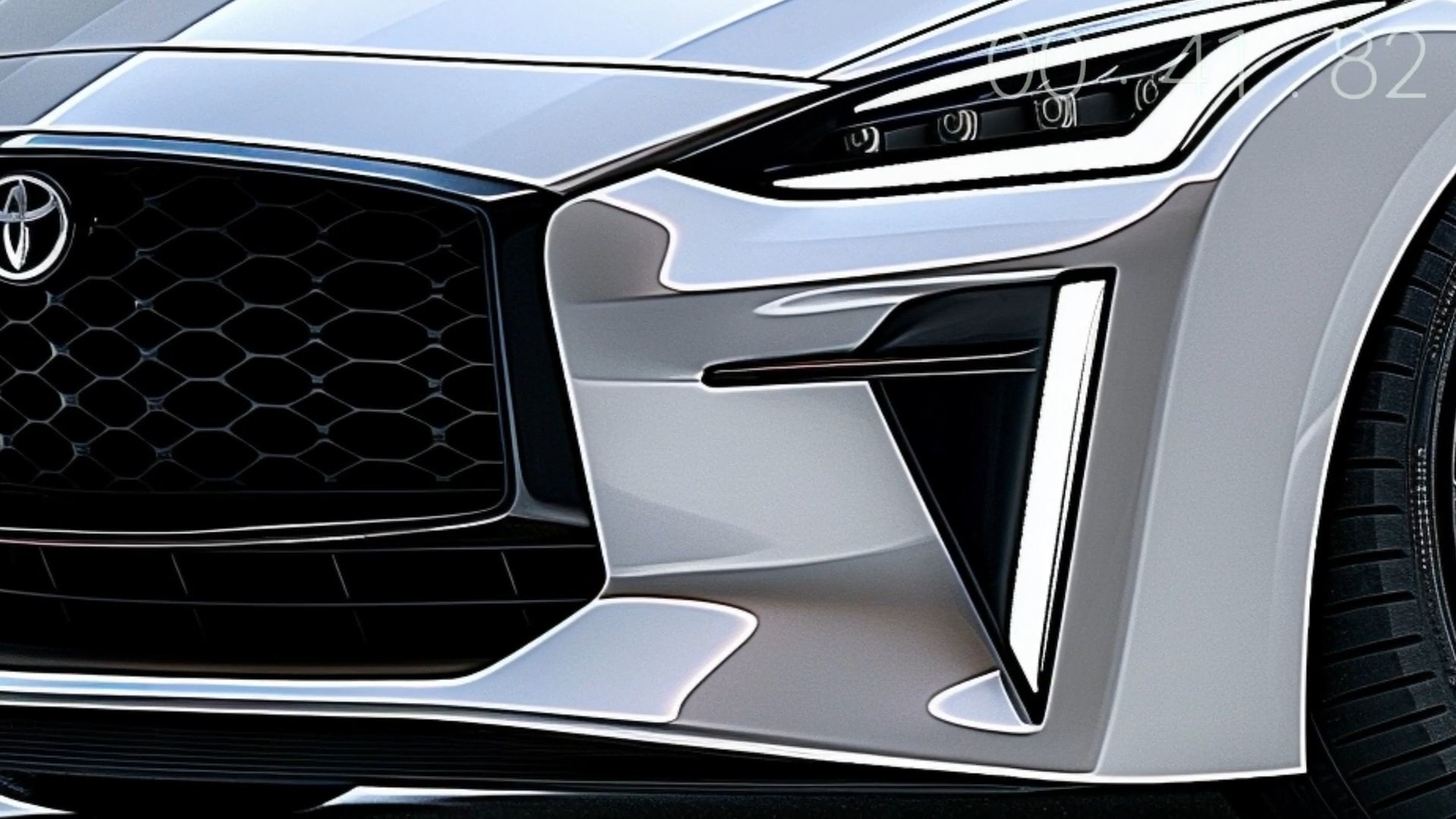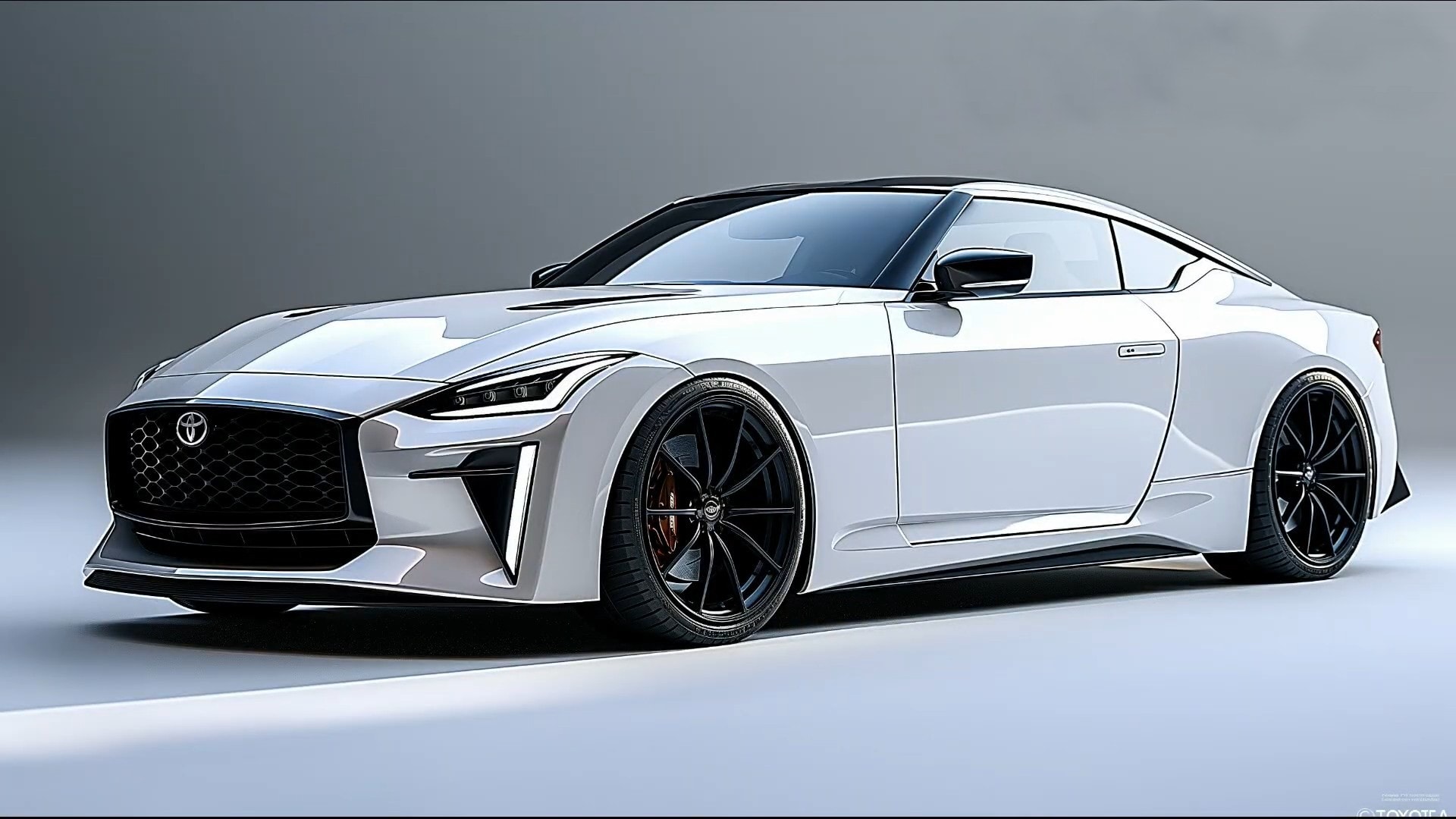The once unassailable dominance of Detroit’s Big Three over the US automotive market has undergone a significant transformation, with Toyota emerging as a primary catalyst for this shift.
The Japanese automaker’s impressive performance in the first half of the year, where combined Toyota and Lexus sales closed in on GM’s lead by a mere 103,000 units, underscores its formidable position.

Toyota’s strategic approach, marked by a diverse portfolio spanning from compact cars to full-size SUVs, has resonated with American consumers.
The brand’s reputation for reliability, fuel efficiency, and innovative technology has further cemented its status as a leading contender in the highly competitive US automotive world.
The digital automotive world has recently seen a surge of interest in resurrecting iconic nameplates, and the Toyota Celica is no exception.
While the current focus of Toyota’s performance division, Gazoo Racing lies elsewhere, digital artists and enthusiasts have envisioned a modern interpretation of the Celica that could potentially fill a void in the market.

This hypothetical model is depicted as a larger, more upscale offering compared to Toyota’s existing sports cars, hinting at a potential rival for the Ford Mustang. The absence of traditional muscle car competitors like the Dodge Charger and Challenger has left a gap in the segment, which a revived Celica could potentially exploit.
The concept of a new Celica, equipped with a versatile powertrain lineup and a design that pays homage to its heritage, has captured the imagination of many, sparking speculation about whether Toyota might consider bringing this legendary nameplate back to life.

